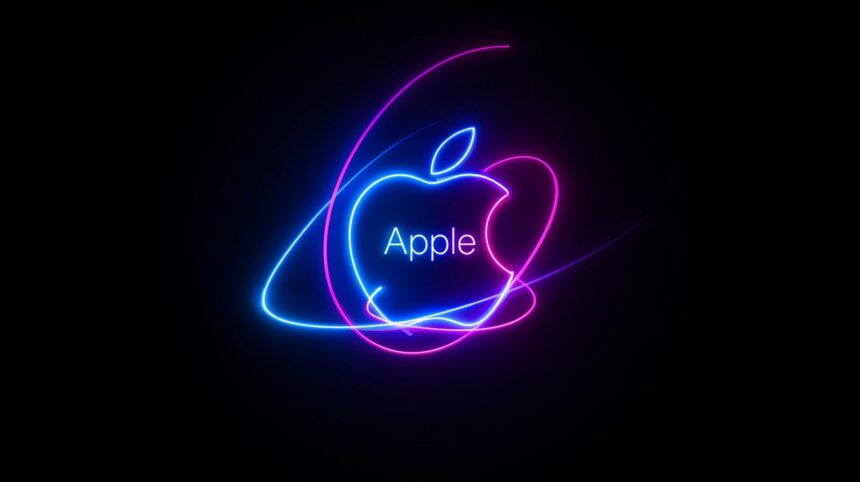The smartphone industry is poised for a shift, as Apple (NASDAQ:AAPL) gears up to overtake Samsung in global shipments by 2025. With a renewed focus on their premium iPhone series, Apple is set to reclaim a position it hasn’t held in over a decade. Improved product offerings and changes in consumer behavior are at the forefront of this expected shift. A comprehensive report highlights emerging market dynamics, offering insights into how these developments will shape the landscape of smartphone manufacturing.
Previously, Samsung held the top spot in smartphone shipments for many years. However, recent statistics suggest that Apple’s strategic enhancements, particularly their anticipation of the iPhone 17 series demand, could shift the balance. The market research firm Counterpoint indicates that increased consumer interest and a significant rise in iPhone shipments symbolize a potential turning point. As consumer preferences evolve, the spotlight shifts towards products offering unique innovations and reliability.
How is Apple Achieving this Feat?
Expectations around the Apple iPhone 17 series forecast a 10% year-over-year increase in shipments by 2025. This is driven by an increasing global appetite for new features. Apple’s shipment is projected to capture 19.4% of the market share, exceeding Samsung’s anticipated 18.7%. Apple’s surge is attributed to both its product innovation and a strategic bet on users upgrading their pandemic-era purchases. The shift also corresponds with an overall 3.3% increase in global smartphone shipments.
What are Samsung’s Strategies for Retaining Market Share?
In response, Samsung is refocusing its strategy with the expansion of its A series, targeting emerging markets through competitive pricing and enhanced specifications. For mature economies, Samsung aims to bolster its position with advanced premium offerings. This dual approach endeavors to mitigate the impact of Apple’s climb while still capturing substantial market share.
“Beyond the highly positive market reception for the iPhone 17 series, the key driver behind the upgraded shipment outlook lies in the replacement cycle reaching its inflection point,” said senior analyst Yang Wang.
The demand shift is not just isolated to the top smartphone manufacturers. Chinese brands, by extending their focus to overseas markets and high-value products, aim to solidify revenue streams despite competitive pressures. Even with a steady shipment ranking expected through 2029, this diversification reflects ongoing efforts by various companies to heighten profitability and market standing.
Interestingly, the dynamics of the used smartphone market play a part in this expected rise in iPhone sales. Approximately 358 million second-hand iPhones were sold from 2023 to Q2 2025, indicating an upcoming cycle of upgrades among these users to new Apple models.
“Consumers who purchased smartphones during the COVID-19 boom are now entering their upgrade phase,” elaborated Wang, reinforcing potential growth.
A broader look at market development reveals both challenges and opportunities for Samsung, Apple, and Chinese manufacturers. As technological ecosystems evolve, the competitive narrative is increasingly guided by how well these players can meet diverse consumer needs and adapt proactive market strategies.
Apple’s anticipated leap past Samsung in terms of shipments underscores a significant shift in consumer demand patterns. The strategic moves by each company will dictate the competitive dynamics in the smartphone market for the coming years. By understanding these strategic shifts, stakeholders can better prepare for future industry shifts.








